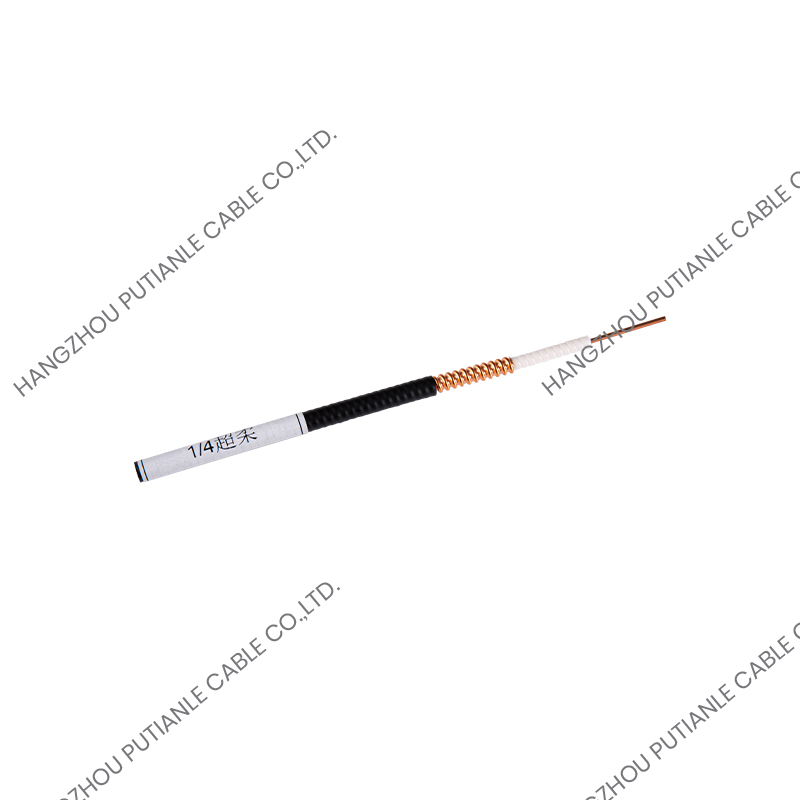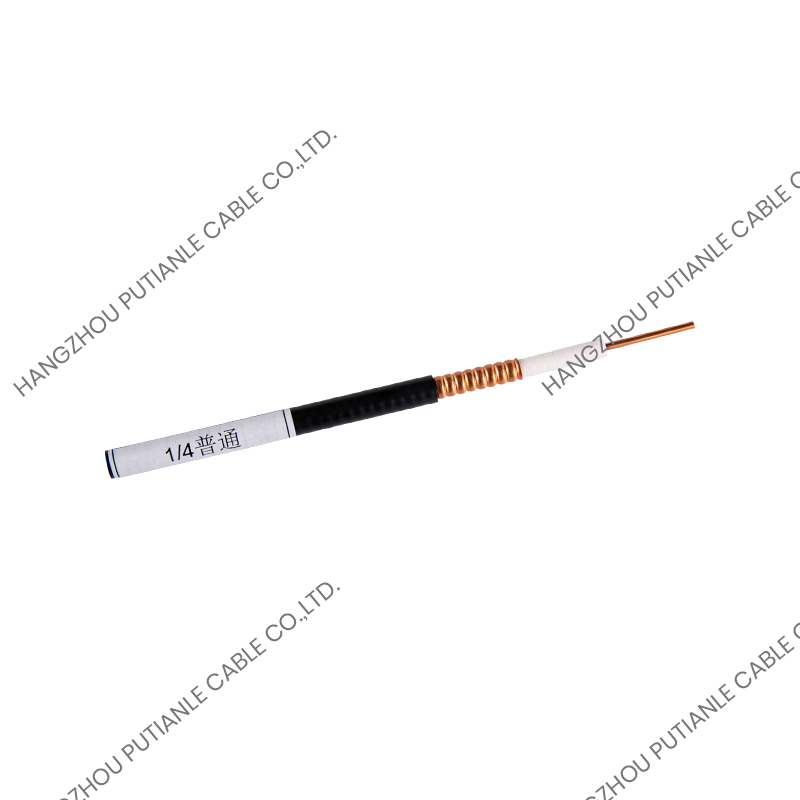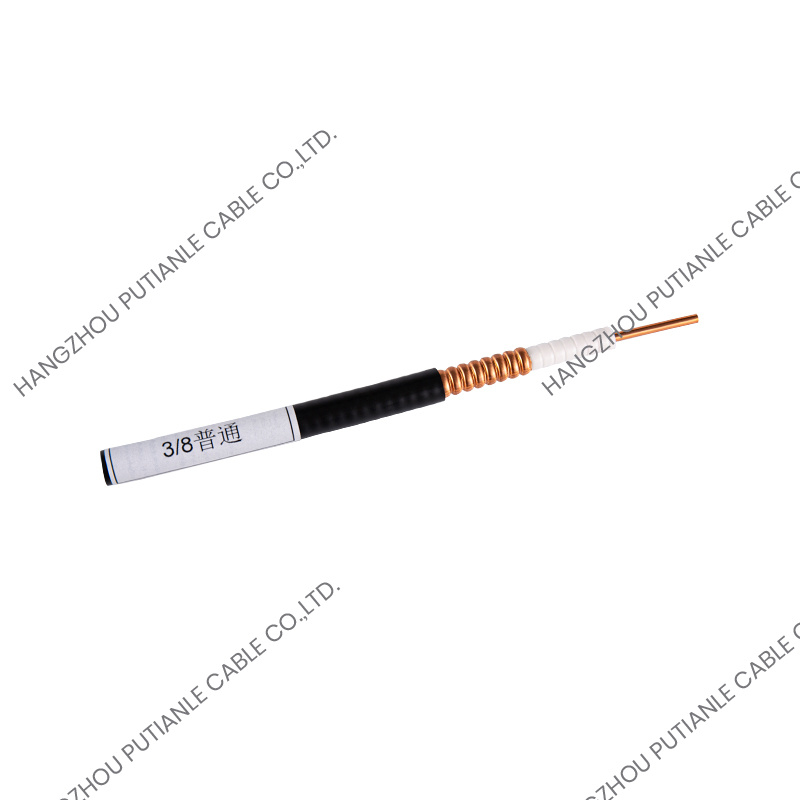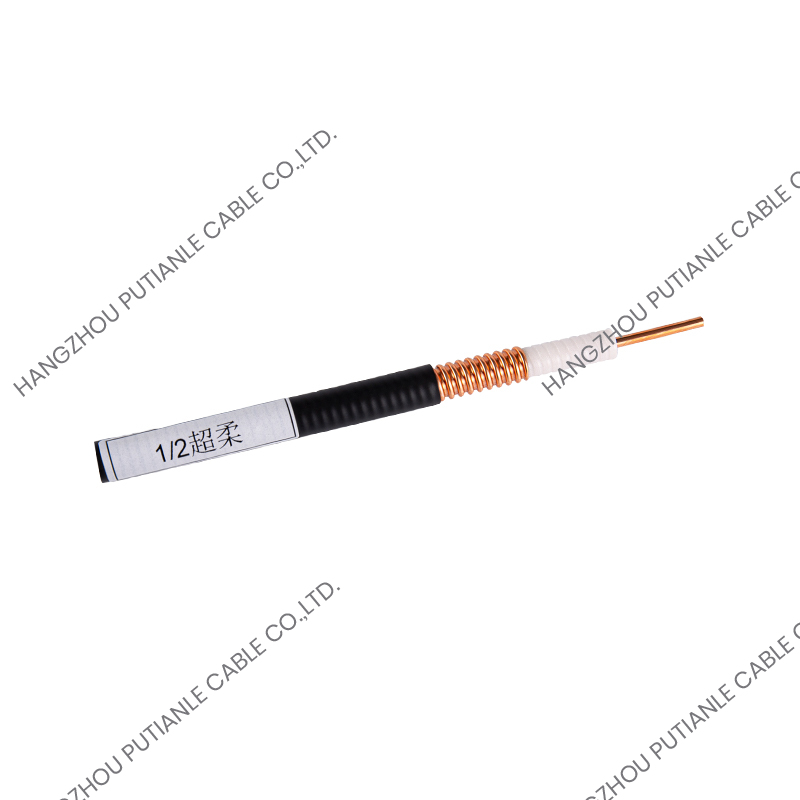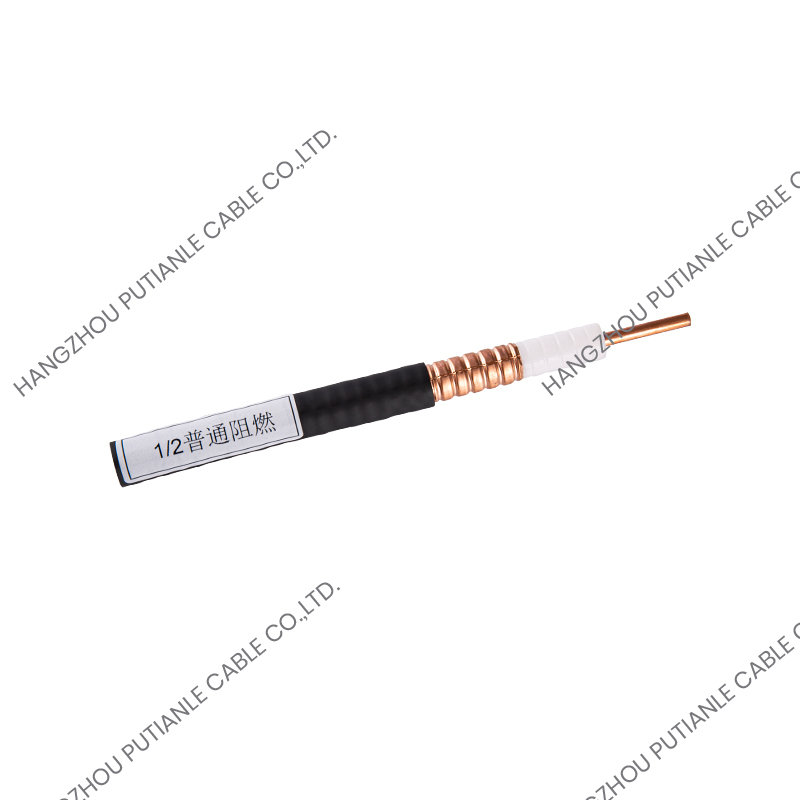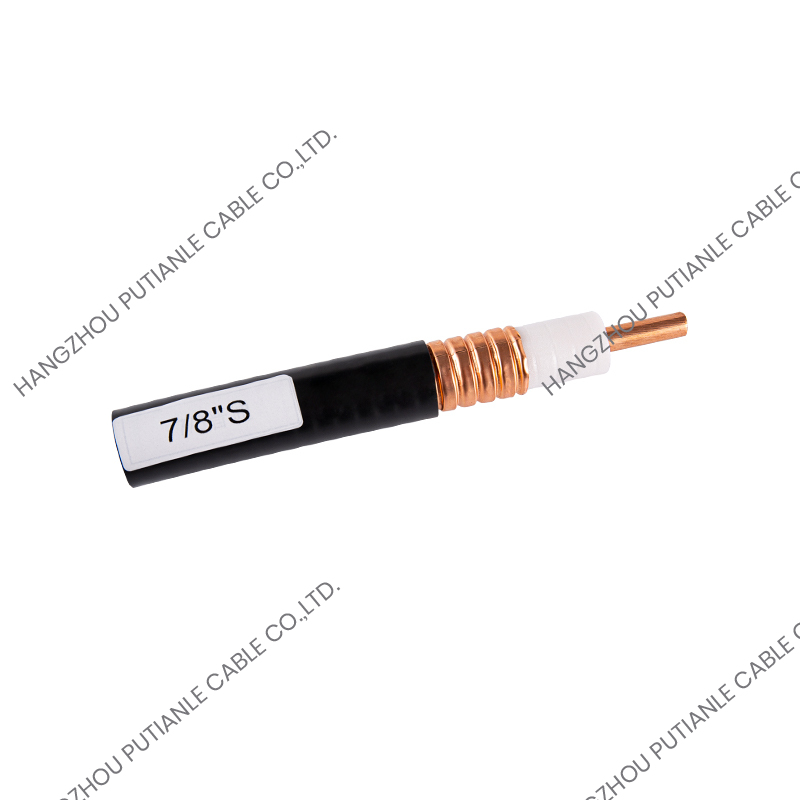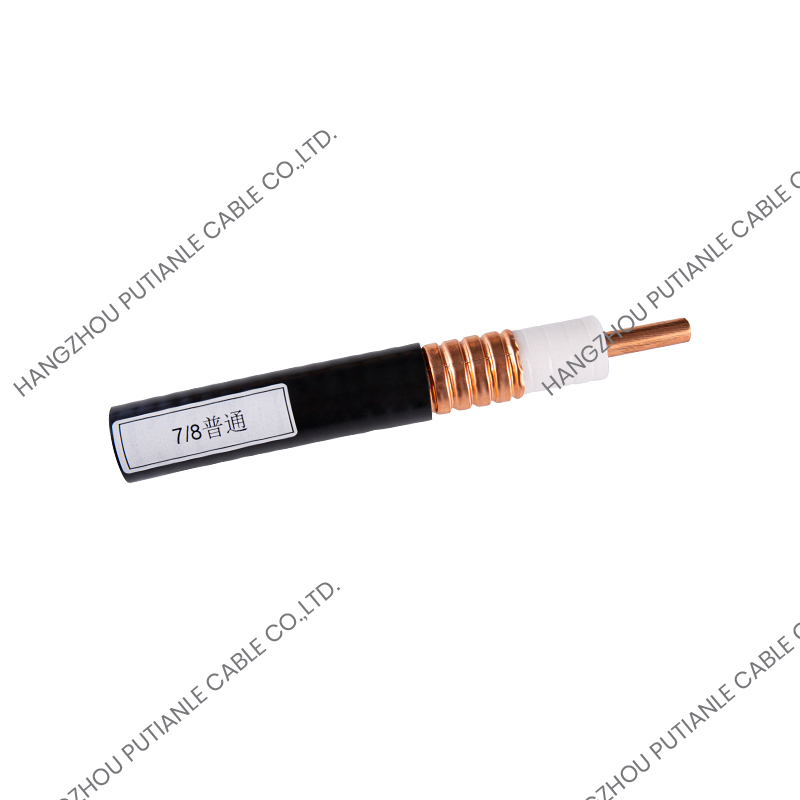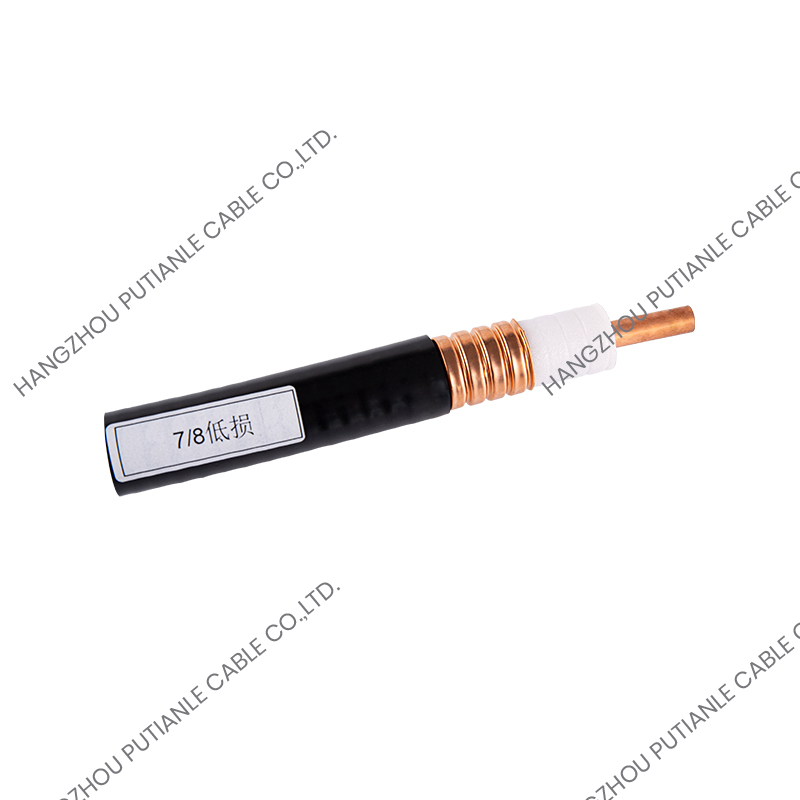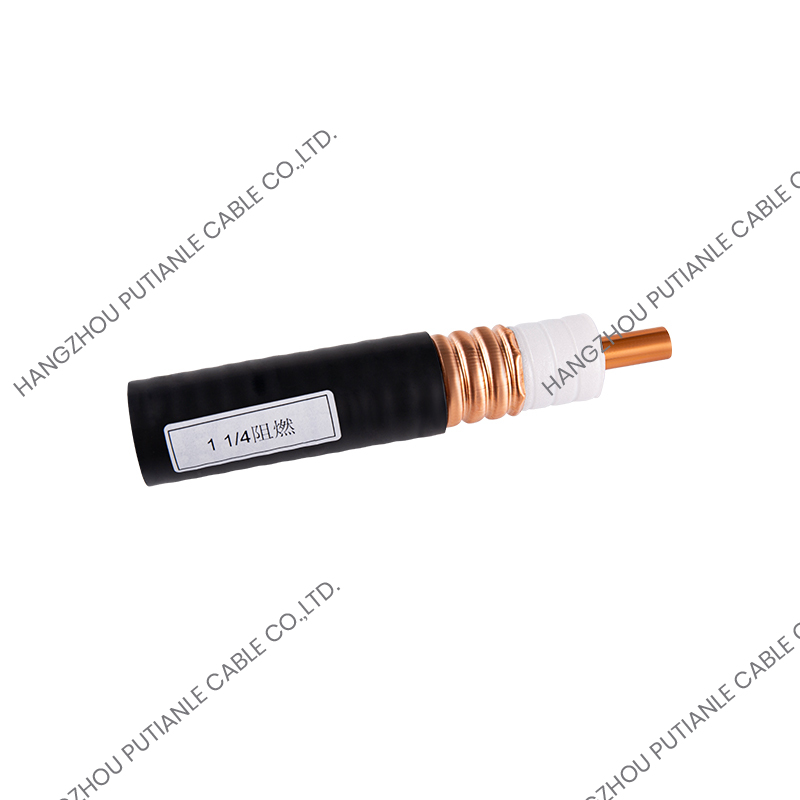In modern society, with the continuous increase in power demand, how to improve power transmission efficiency and reduce energy loss has become the focus of the global power industry. In the process of traditional power transmission, due to the resistance of the cable and other factors, a certain amount of energy loss is often caused. In order to deal with this problem, Lower Loss Cables came into being and became an important technical means to improve power transmission efficiency.
Low-loss cables refer to the type of cables that significantly reduce power loss during power transmission by optimizing the material, structure and design of the cable. Such cables usually use materials with lower resistance and higher conductivity, such as improved copper or aluminum alloys, or even new high-performance conductive materials. In addition, low-loss cables may also use more sophisticated insulation and sheath designs to reduce the heat loss of electric energy.
When power is transmitted in the cable, the current generates a certain amount of heat, which is proportional to the resistance of the cable. By reducing the resistance of the cable or using more efficient conductive materials, low-loss cables can reduce these energy losses and thus improve transmission efficiency.
Low-loss cables have several advantages, mainly in the following aspects:
Reduced energy loss
The most obvious advantage of low-loss cables is that they can significantly reduce energy loss during power transmission. Reducing energy loss not only helps improve the overall efficiency of the power system, but also reduces costs for power companies and consumers.
Improving power transmission efficiency
Due to the reduced power loss, low-loss cables can transmit more power at the same current. This is especially important for long-distance power transmission, which can ensure that power losses in long-distance transmission lines are minimized.
Environmentally friendly
Reducing power loss means reducing energy waste, thereby reducing greenhouse gas emissions. Using low-loss cables is an important step in improving the greenness of power systems and helping to achieve sustainable energy utilization.
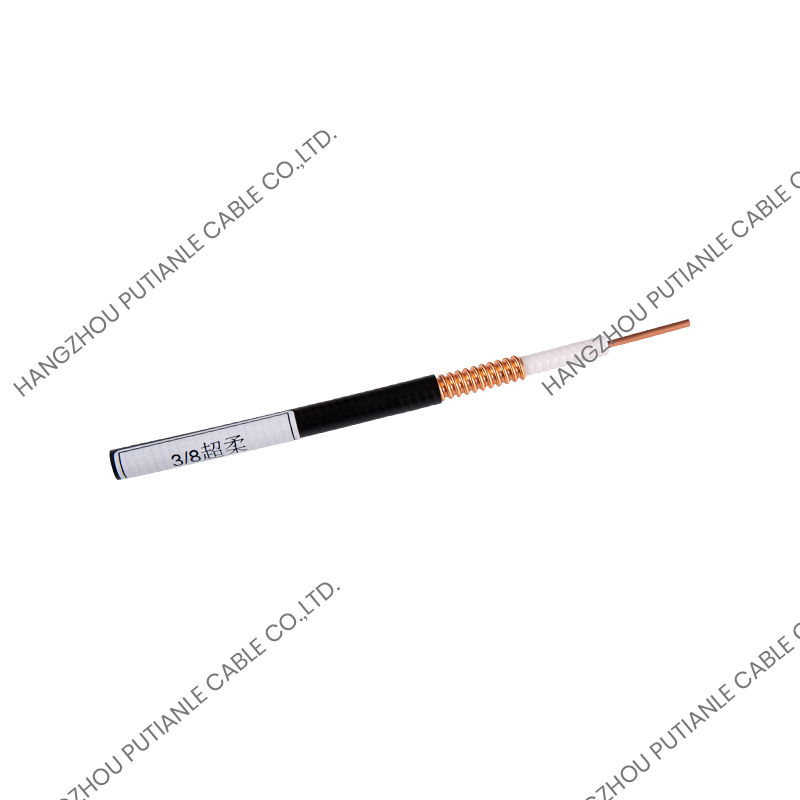
Extending cable service life
Due to their optimized structural design and efficient materials, low-loss cables can maintain low heat accumulation for a long time, reduce cable damage caused by overheating, and extend their service life.
Reducing operating costs
The use of low-loss cables in power transmission systems can reduce long-term energy losses and operating and maintenance costs. Especially for power companies, the use of such cables can greatly reduce energy waste and improve cost-effectiveness.
With the continuous advancement of technology, low-loss cables have been widely used in many fields, especially in the following major fields:
Long-distance power transmission
Long-distance power transmission is one of the most important application areas of low-loss cables. Traditional cables will have large power losses when transmitting over long distances, while low-loss cables can effectively reduce this problem and ensure that power is transmitted to the destination with higher efficiency.
New energy industry
Low-loss cables also play a vital role in the new energy industry. Especially in wind and solar power generation, low-loss cables can ensure the transmission efficiency from power generation equipment to the power grid and reduce the impact of power loss.
High-voltage power system
In high-voltage power systems, cables need to withstand large amounts of current and high-temperature environments. Low-loss cables can maintain low losses in these high-voltage environments through their excellent conductivity and heat resistance, ensuring a stable supply of electricity.
Data centers and communication networks
With the increase in demand for the Internet and data communications, data centers have higher and higher requirements for power supply. Low-loss cables are widely used in data centers and communication networks to ensure efficient operation and stable supply of power systems.
Electric vehicle charging facilities
With the popularity of electric vehicles, the demand for electricity in charging facilities is also increasing. Low-loss cables can improve the power transmission efficiency of charging facilities, reduce energy waste, and improve charging speed and safety.
As global requirements for energy efficiency and environmental protection increase, the demand for the low-loss cable market will continue to grow. Especially in emerging fields such as renewable energy and smart grids, the application of low-loss cables will be further expanded. With the continuous advancement of technology, the manufacturing cost of low-loss cables may also be further reduced, which will promote its widespread application in more industries.
Low-loss cables not only have huge market potential in the industrial and commercial fields, but also have broad application prospects in home power systems and personal electric devices. Especially with the popularization of smart homes and IoT devices, low-loss cables will play an important role in future power transmission.
Low-loss cables have become an important technology for improving power transmission efficiency and reducing energy consumption with their significant energy efficiency advantages and broad application prospects. With the continuous improvement of energy conservation, emission reduction and environmental protection requirements, low-loss cables will play an increasingly important role in future power systems, driving the global power industry to a greener and more efficient direction.


 中文简体
中文简体 English
English Español
Español
